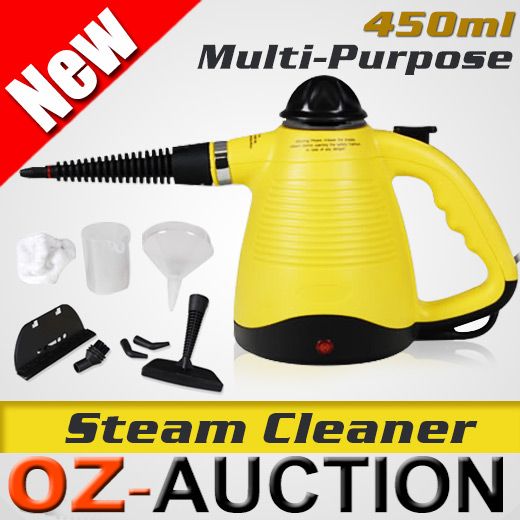As has been said the boiling point of water varies with the pressure acting on it. In a closed volume, like a boiler, as the pressure rises so does the boiling point. Once the water reaches the temperature appropriate to the pressure within the boiler, it doesn't actually boil. You need to add considerably more heat, without increasing pressure, to convert the water to steam at the same temperature. Steam at this temperature is called saturated steam. An additional property of saturated steam is its dryness fraction, from 0% to 100%. At 0% there is no steam and all water droplets, at 100% there are no water droplets and all steam. Dry steam is simply saturated steam with a dryness fraction of 100%.
Superheated steam is different again. If we add more heat to the saturated steam we increase the temperature of the steam, but not its pressure. So in essence superheated steam is steam that is at a higher temperature than that needed to create steam in the first place, at the same pressure. Of course superheated steam contains more heat energy (enthalpy) than saturated steam, but I think one of the main reasons for using superheated steam is to prevent, or at least minimise, condensation in the cylinders.
Peter: Dream on if you think it is easy to produce a steam tight joint with a few screws and some sort of sealant. Been there, done that, with boxes for motor racing, and it still let water in, without there even being much pressure (water spray from the wheels) or elevated temperatures involved. It is possible to use O-rings to seal against water pressure, but it requires accurate machining of the grooves, and you need a lot of screws to ensure even clamping of the O-ring. Even then we had a couple of leaks due to almost invisible specks of dirt and that was only 3 bar; application being a liquid cooled heatsink for a power inverter.
Coincidentally I have been asked to do a design review tomorrow on an electronics box that needs to be IP67 rated. Should be fun!
Andrew
Ajohnw.





